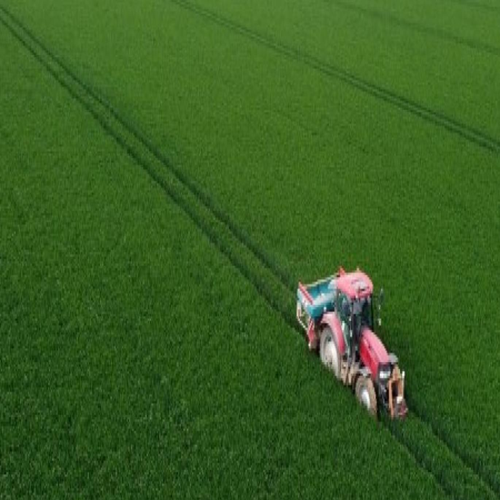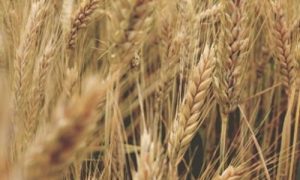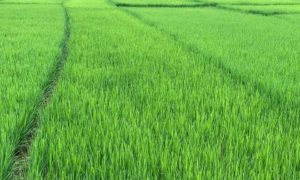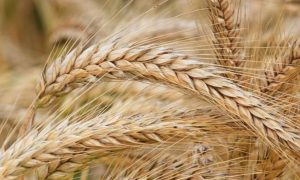Bigger planted area should boost Australia’s wheat harvest, Rabobank says

CANBERRA, June 3 (Reuters) – Australia’s 2024/25 wheat harvest is projected to rise 5.7% to 27.4 million metric tons due to increased planted area, Rabobank reports. Barley output is expected to fall 7.2% to 10 million tons, and canola production is anticipated to decrease 11.4% to 5 million tons. Despite dry conditions in some regions, recent rains and a predicted La Nina could boost overall yields.
CANBERRA, June 3 (Reuters) – Australia’s 2024/25 wheat harvest should be slightly bigger than last year’s after an increase in planted area, but barley and canola output will likely fall, analysts at Rabobank said on Monday.
Higher wheat production would add to global supply at a time when crop losses in Russia have pushed benchmark Chicago wheat futures to 10-month highs.
Australia is a major exporter of wheat, barley and canola.
The country should harvest 27.4 million metric tons of wheat in the current 2024/25 cropping season, up 5.7% from 2023/24, 10 million tons of barley, down 7.2% from 2023/24, and 5 million tons of canola, down 11.4% from 2023/24, Rabobank said.
That would mean wheat and canola harvests roughly in line with the average of the last five years, but barley around 2 million tons below that average.
As planting wraps up, Australia’s eastern cropping regions have plentiful moisture but the west, south and southeast have been drier.
The bank said it assumed a mid-to-late season recovery for dry regions as a La Nina weather event led to increased rainfall.
La Nina typically brings wetter weather to eastern Australia, and many forecasters predict one will emerge later in the year.
Australia’s area planted to wheat is set to rise by 961,000 hectares to 13.48 million hectares (33.3 million acres), with barley area increasing by 210,000 hectares to 4.33 million hectares and canola area shrinking by 450,000 hectares to 3.11 million hectares, Rabobank said.
Those wheat and canola areas are 5% to 7% higher than the five-year average, while barley is around 10% lower, it said.
Western Australia’s cropping area will rise despite its dry start, according to the bank, while Queensland’s area should surge by nearly one-third to its largest on record.
Most of the country’s dry cropping regions received rain in the last week, which analysts said could add 1 million tons to the wheat harvest.
Australia’s agriculture ministry is due to issue a quarterly crop report with its expectations for production on Tuesday. (Reporting by Peter Hobson; Editing by Jamie Freed)















